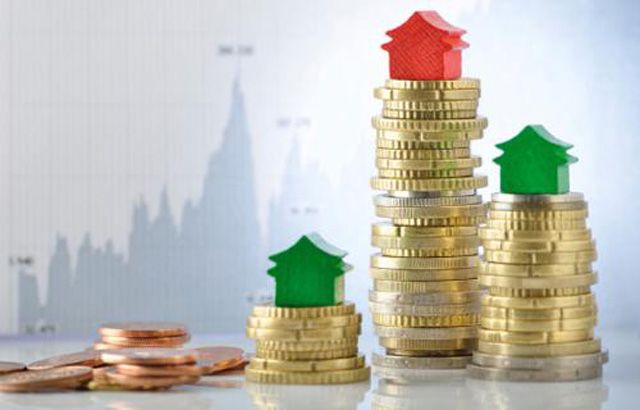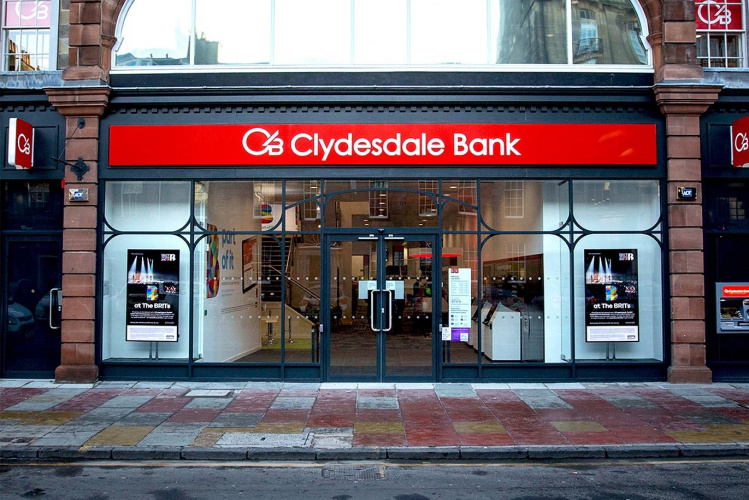
Average house prices in the UK are expected to increase by £84,000 over the next five years. This is according to the latest house price forecast from Savills.
With inflation returning to the 2% target and the prospect that interest rates will continue to fall over the next two years, the national estate agent believes house prices will return to consistent year-on-year growth.
The five-year house price forecast from Savills expects house prices to increase by 4% in 2025 (up from 3.5% forecast previously) or £14,500, and by 23.4% by the end of the five years to 2029, as mortgage rates ease and a wide range of home movers are brought back into the market.
Cost-of-living pressures and rising mortgage rates are still being felt by the UK housing market.
While house prices are now 2.3% below their August 2022 high on a nominal basis, adjusting for inflation, they have fallen by 10.5% over this period, according to Nationwide and the ONS.
Now that inflation is back on target, Savills has forecast a return to real house price growth.
Commenting on the latest data Savills head of residential research Lucian Cook said:
“With less external noise, house prices in the medium term will be dictated by the fundamentals of demand, supply and affordability”
“The direction of mortgage rates has been key to buyer decisions over the past two years, and decreased monthly mortgage costs are now feeding through into improved confidence amongst prospective buyers, prompting the moderate house price growth we have seen over the past few months.
Cook maintained that a steady improvement in affordability should allow for house price growth to gain momentum over the next couple of years. However, he said there was still some potential for a bumpy ride.
“The market will remain sensitive to short-term fluctuations in the cost of debt and changes to property taxation have the potential to cause some short-term disruption.”
Looking ahead Savills director of research Emily Williams said she expected some home movers to continue to hold off on moving until rates settle in 2027, when they will have also benefited from several years of house price growth to build up equity. “As such, there is potential for a sharp rise in activity among second and third steppers in the second half of our forecast period, as pent-up demand from the period of high interest rates is released”.
However, Williams said the number of first-time buyers active in the market was expected to stay below pre-pandemic levels due to a lack of any government support to replace Help to Buy. While increased regulation in the rental sector, combined with the newly increased second-home surcharge, would further dampen demand from both cash and mortgaged buy-to-let investors.



